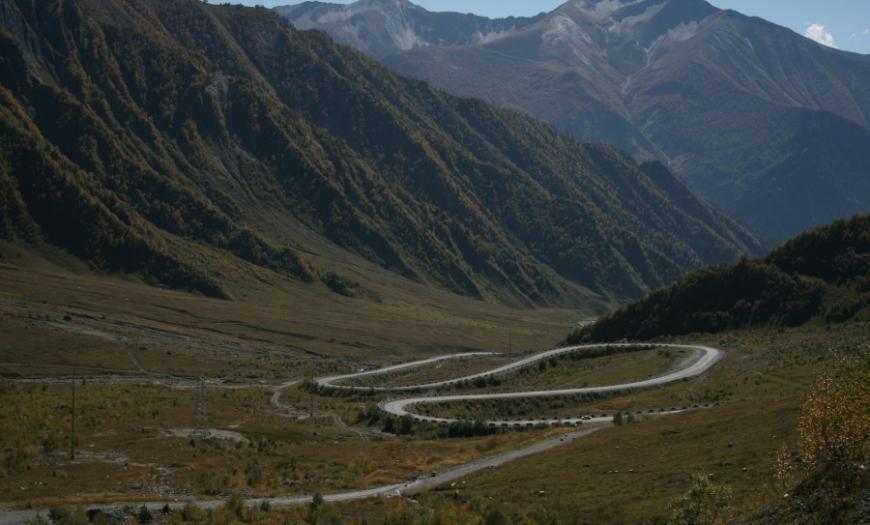The Transcaucasian Highway is a federal highway linking Russia with the Transcaucasus and, in particular, with the Republic of South Ossetia. The decision to build it was made in 1958 by the USSR Ministry of Transport Construction and the Government of the North Ossetian Autonomous Soviet Socialist Republic.
In 1959-1965 Lengiprotrans carried out a number of design and survey works at the facility. In the course of this, three main options for the direction of the route were considered: Rokskoye, Mamison, and the option of reconstructing the Georgian Military Highway. The most expedient was the Roki variant. After lengthy approvals, the project was approved at the end of 1973.
The road passes through the territory of the Central Caucasus in difficult topographic, engineering-geological, hydrological and climatic conditions. This required a special approach to the establishment of basic design standards. The tracing was carried out on the basis of aerial photography data.
A large number of artificial structures, retaining walls of different heights and thickness, rock cuttings, high embankments were designed on the road. Galleries, dams and ditches were provided to combat avalanches. Artificial avalanches were also planned. For a considerable length, the road runs as a ledge cut into a mountain slope at a high altitude from the river's edge and the bottom of the valley.
The main object of the route is a 3.8 km pass tunnel at the intersection of the Main Caucasian ridge. During its design, protective measures were provided against avalanches and drifts.
The road was completed in 1983.
Main characteristics of the object:
Number of traffic lanes - 2;
Width of the carriageway - 7 m;
The width of the subgrade is 9 m.
In terms of traffic intensity, the road was assigned to category III, and in the most difficult sections - to category IV. The radii of the curves are taken from 60 m (at 40 km / h) to 135 m (at 60 km / h). At radii less than 125 m, a dividing strip 1 m wide was arranged to ensure visibility of oncoming vehicles.
This title is also remembered by the tragic event of September 12, 1960. When returning to the base after inspecting the southern portal of the Roki tunnel, a car with the employees of Lengiprotrans fell into an abyss on a narrow section of the road near the village of Sredniy Ruk. In memory of the victims, busts of three brave explorers were erected on the track.
Author's department:
Project Status:





